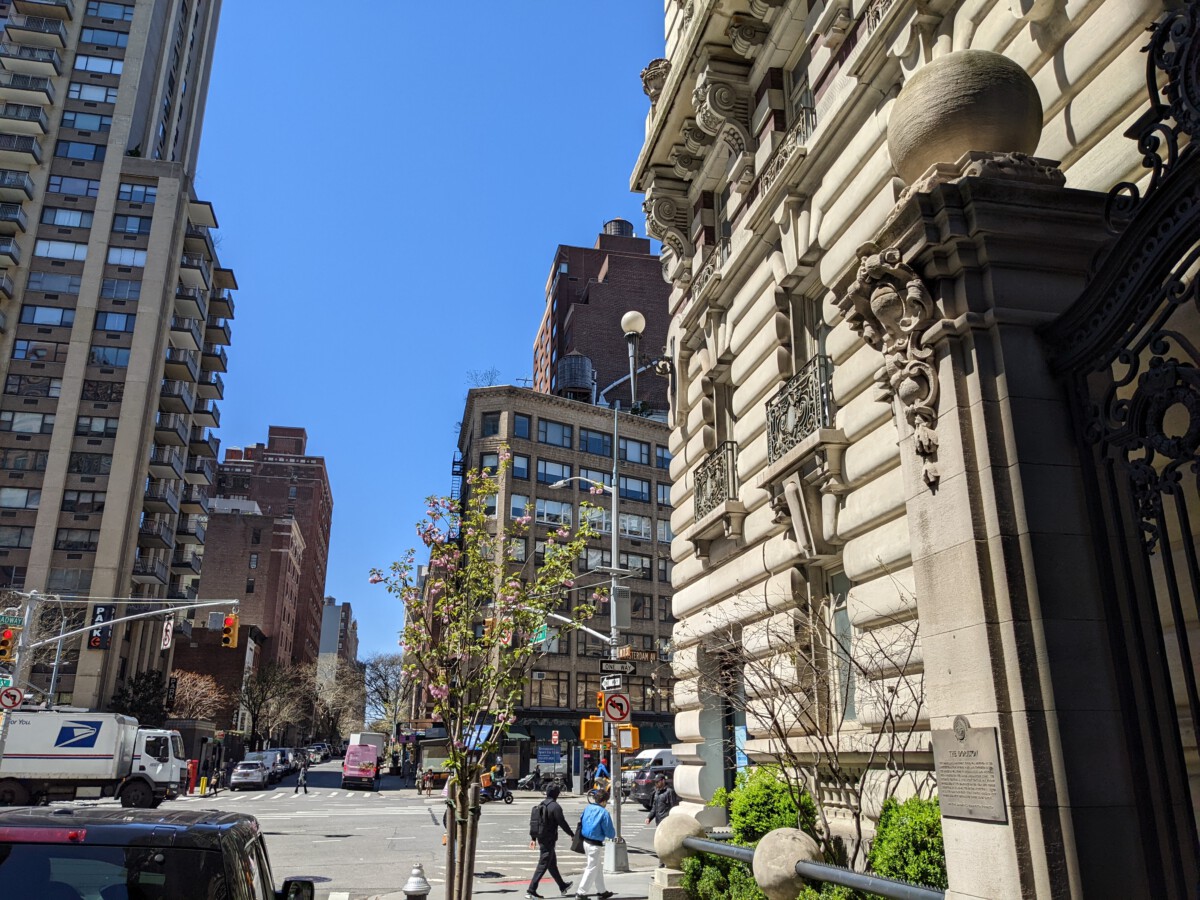A Vanishing Act That Gripped a Community (image credits: Unsplash)
In the shadowed corners of a cluttered California home, where piles of forgotten items towered like silent guardians, a heartbreaking truth finally emerged after days of desperate searching.
A Vanishing Act That Gripped a Community
Imagine waking up to news that a neighbor has simply vanished—no note, no trace, just an empty space where life once buzzed. That’s exactly what happened when Renia Lewis, a 38-year-old woman from Riverside, disappeared on September 25, 2025. Friends and family grew worried fast, especially since she was known for her reliability and close ties in the neighborhood.
Reports flooded in quickly, painting a picture of a woman who wouldn’t just walk away from her routine. Police launched an immediate investigation, interviewing those closest to her and combing through her last known movements. Little did they know, the answers lay buried much closer to home than anyone suspected.
The urgency built as hours turned into days, with volunteers joining the effort to plaster her face on every street corner. It was a stark reminder of how fragile our sense of security can be.
The First Search: A Costly Oversight
Two days after her disappearance, officers stepped into the suspect’s home for what seemed like a standard welfare check. The place was a maze of junk—old newspapers stacked high, clothes spilling from every surface, and pathways barely wide enough to navigate. They left empty-handed, convinced nothing foul was afoot.
But hindsight is brutal. That initial sweep overlooked the subtle signs of something sinister, like freshly painted walls that didn’t quite match the chaos around them. It’s the kind of miss that haunts investigators, turning a simple oversight into a tragic delay.
Behind the Wall: A Gruesome Reveal
Returning with a sharper eye and a warrant, detectives zeroed in on an odd section of drywall under the stairs. What looked like part of the hoarding mess was actually a hastily built barrier, concealing a makeshift tomb. There, in a plastic bin surrounded by hardening concrete, they found Renia’s remains—shot and hidden away like a dark secret.
The discovery hit like a gut punch. The home’s owner, Devontae Gray, had allegedly lured her there under false pretenses, ending her life in a fit of rage. Forensics confirmed the timeline, linking the fresh construction to the days following her vanishing.
Neighbors whispered about the eerie normalcy of it all—how Gray had carried on amid the clutter, as if nothing had changed. It was a facade that crumbled under scrutiny, exposing the horror within.
Profiling the Suspect: Red Flags in the Rubble
Devontae Gray wasn’t a stranger to trouble; his history included brushes with the law that raised eyebrows. Living in that hoarder-style house, he isolated himself behind walls of possessions, much like the one that hid his crime. Authorities believe jealousy sparked the murder, turning a personal dispute deadly.
After the find, Gray was arrested swiftly, facing charges of murder and concealment of evidence. Court documents detailed how he methodically covered his tracks, pouring concrete to seal his deed. It’s a profile that blends everyday dysfunction with chilling intent.
Impact on Riverside: Waves of Unease
The quiet suburb reeled from the news, with residents locking doors tighter and questioning the faces they passed daily. Community meetings popped up, sharing stories of vigilance and support for Renia’s grieving family. Her loss echoed through block parties turned somber vigils.
Local leaders called it a “heinous crime” that shattered trust, urging better resources for missing persons cases. The story spread like wildfire, reminding everyone that danger can lurk in the most unassuming places.
Yet amid the fear, acts of kindness surfaced—fundraisers for the family, neighborhood watches forming overnight. It’s how communities heal, one step at a time.
Unpacking Hoarding: A Deeper Layer to the Crime
Hoarding isn’t just mess; it’s a barrier that can shield far worse. In this case, the overwhelming clutter likely aided the concealment, delaying justice. Experts note how such environments complicate searches, with items obscuring evidence in plain sight.
Signs of hoarding include persistent accumulation despite distress, and pathways blocked by belongings. Here’s a quick look at common indicators:
- Excessive collecting of items with little value, like old mail or broken appliances.
- Strong distress when trying to discard possessions.
- Social withdrawal, as the home becomes an isolating fortress.
- Health hazards from mold, pests, or structural risks.
- Interference with daily life, like unusable rooms.
Understanding this could prevent future oversights, pushing for specialized training in cluttered spaces.
Key Takeaways
- Always follow up on suspicious details during searches, no matter how minor.
- Hoarding homes demand extra caution—consider expert assistance early.
- Community awareness saves lives; report concerns without hesitation.
This tragedy underscores how hidden horrors can fester in plain view, urging us all to look closer at the world around us. What if a second glance could uncover the truth before it’s too late?








